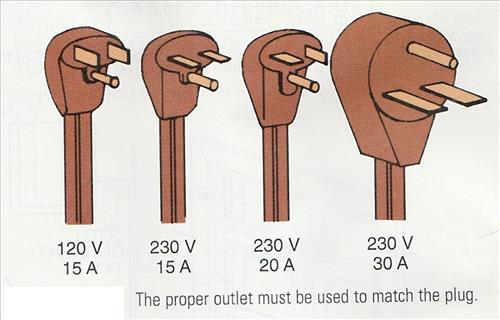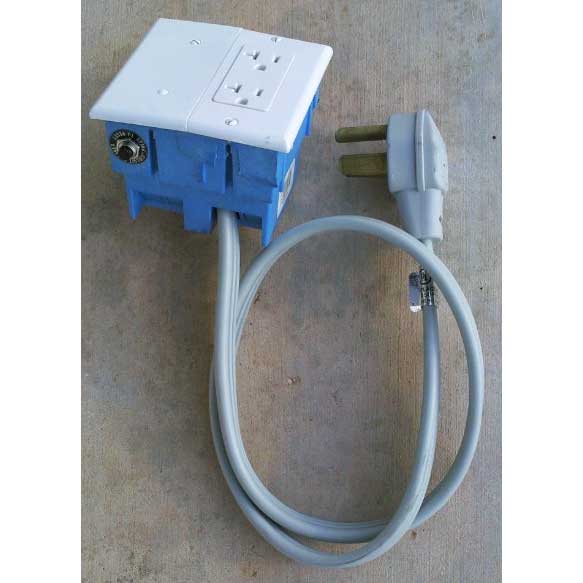

The lack of such an earth pin on a type C plug makes it impossible to connect it to a type G receptacle, although it can actually be forced into the socket by sticking a pointy object into the centre hole of the power outlet, which opens up the two other holes. Two-wire appliances are not earthed, but they have a plastic grounding pin which only serves to open the shutters of the outlet. The type G standard (British Standard 1363) requires use of a three-wire grounded and fused plug for all connections to the power mains. That’s why people often make fun of them saying that a British plug is mostly bigger than the appliance it is connected to… Moreover, the bottom-heavy design of the plug makes it a perfect caltrop. UK plugs are no doubt among the safest in the world, but also among the most hulking and cumbersome. As their names suggest, a 115v AC has a voltage of 115 while a 230v AC has a voltage of 230. standard Navy grounded plug, type EEE - 125, shown on Bureau of Ships.
#115 VOLT PLUG CONFIGURATION PORTABLE#
The internal shutters open only when you insert a two-pronged or grounded plug. ( b ) All 115 - volt 3 - phase electrically operated portable equipment now on. Type G wall sockets almost always include switches for extra safety. Watch on The primary difference between a 115v and 230v AC is the amount of voltage each system provides. These electrical outlets support a larger power draw than the previous type. Kuwait, Malaysia, Sri Lanka, Kenya) were already using the type G standard and of course they simply kept the system. The ones that gained their independence after 1947 (e.g. India, Nepal, South Africa, Namibia) still use types D or M. In many cases, the countries that became independent before the introduction of the type G standard (e.g. By the end of the 1950s, it had replaced the earlier type D and type M outlets (BS 546) in new installations in the UK, and by the end of the 1960s, most earlier installations had been rewired to the new standard.Īlmost all of the UK’s former colonies have adopted one of Britain’s plug and socket standards: either the obsolete types D and/or M, or the current type G. Type G plugs and sockets started appearing in 1946 and the standard was first published in 1947.

If you can't find an extension cord of that type, you're left with cutting the cord or replacing one of the receptacles.An ungrounded plug with plastic earth pin. You can get a 25' Yellow Jacket cord at any Lowe's store for around $25, IIRC. The best you can hope for is a heavy duty "Yellow Jacket" brand extension cord with a 5-20R receptacle on one end and the standard 5-15 P plug on the other end. You're probably not going to find any adapters for the cord. If you, in fact, have more than one circuit in the garage, run the cutter and compressor off of different circuits. I'd start pulling fuses and and shutting off breakers and see which outlets go dead. Wirecutter Picks our Dual Type-C with Power Delivery In-Wall Charger as Best Wall Outlet with USB Charging Ports Overcurrent protection helps protect the. Thanks again.any other thoughts?Broccoli brought up a good point with running the cutter and compressor on the same circuit. I am hoping to find an adapter tomorrow at the hardware store if not I guess I will have to cut off the end and wire up a standard plug. I do know I have run the Hobart 135 Mig welder on all of the outlets for years now without ever blowing any fuses and plenty of juice for welding. I did not find any gauge rating on any of the wires running out of the box.


I am not an electrician so I can't really give any more info. I checked the CB there are two of them in the garage in the same box and 4 screw in fuses, most of them say 30 amp on them, I believe one said 20 amp. Thanks for all the info it really helped! Especially the diagrams.


 0 kommentar(er)
0 kommentar(er)
